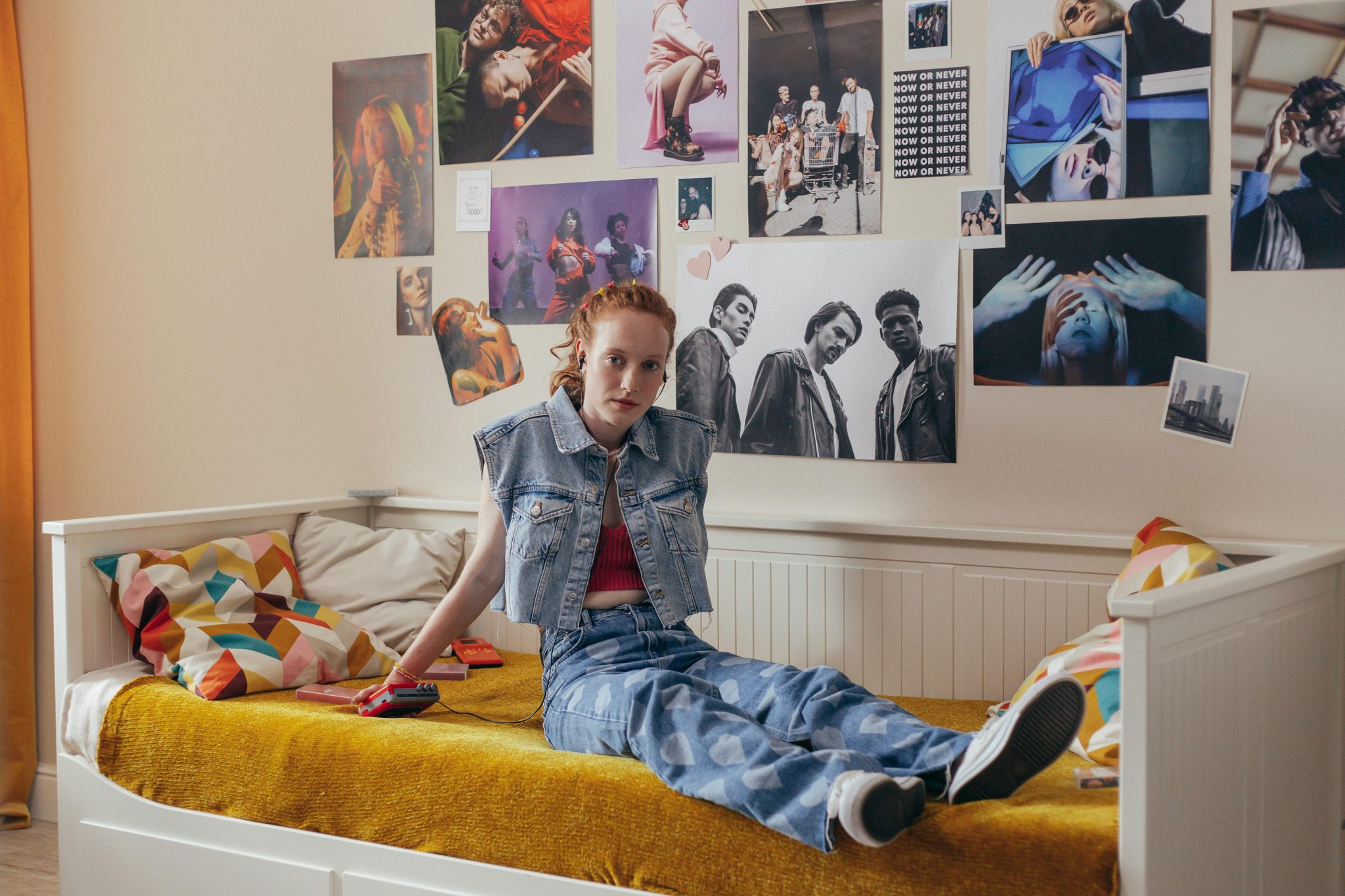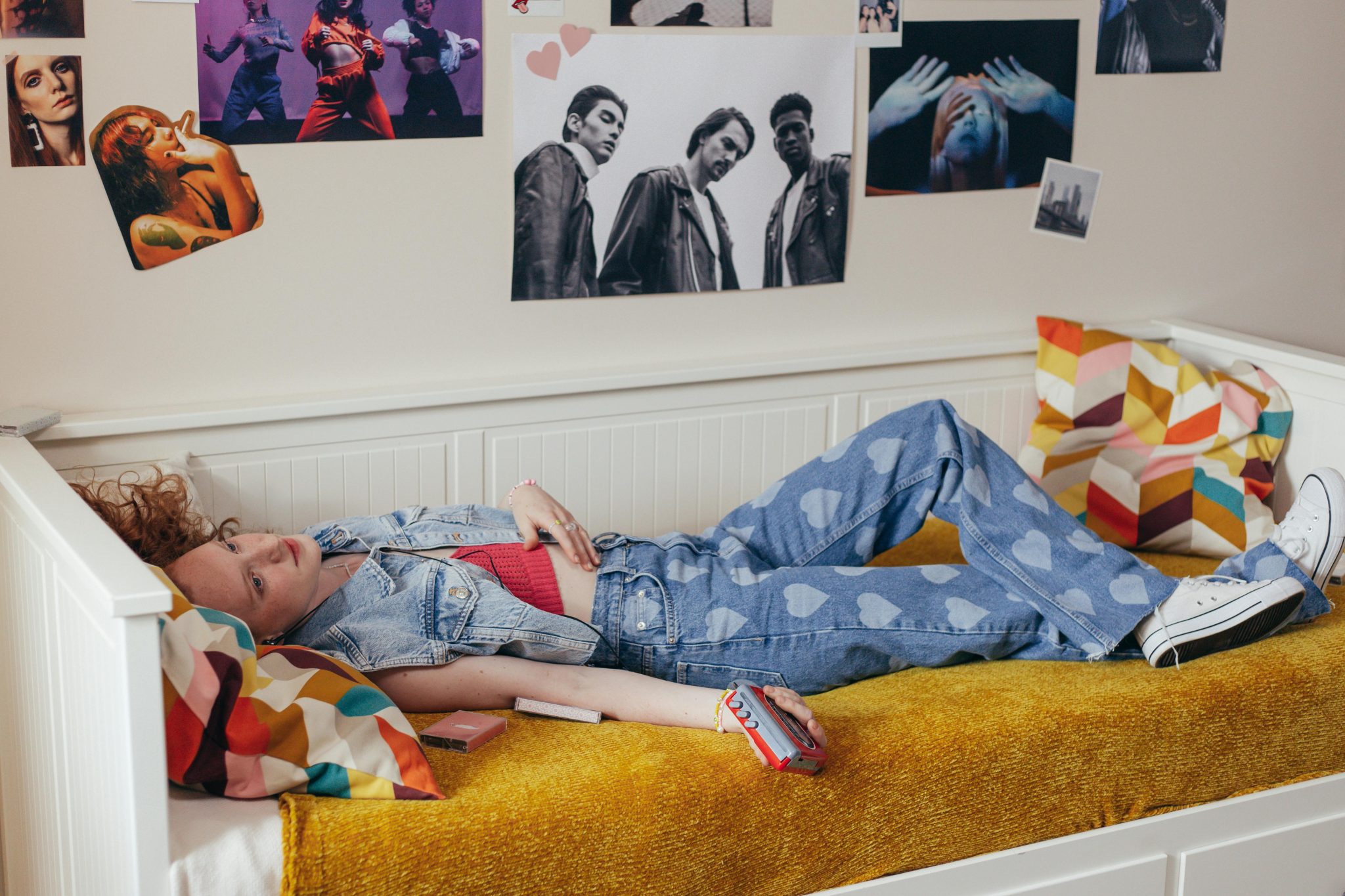Creative Ways to Turn a Teen’s Room Into Their Own World

A teenager’s room is not just a place to crash. It’s a self-contained world, part sanctuary and part laboratory for self-discovery. It’s where identity takes shape—in the piles of books on the floor, the posters on the wall, and the music seeping through the door. This space works overtime: sleep zone, study hub, social hangout, and sometimes even a mini protest headquarters.
But renovating this kind of space is tricky. You’re working with shifting tastes, tight budgets, limited square footage, and competing needs. One day it’s K-pop posters and lava lamps, the next it’s skate decks and moody neutrals. Add the challenge of balancing aesthetics with practicality—especially when they’re expected to study, sleep, and host friends all in one room—and it becomes clear: this isn’t just a décor job, it’s a design negotiation.
The goal here isn’t to create a Pinterest-perfect room that looks like every other teen’s. It’s about finding design choices that are authentic to your teen, giving them ownership over their space while making it function for real life. From smart layouts to budget-friendly hacks, this article explores ways to turn a teenager’s room into a space they actually want to be in—without anyone needing to refinance the house.
Start with the Teen, Not the Theme

Before diving into color palettes or Pinterest boards, pause. The biggest mistake parents make is designing for their teen instead of with them. This room isn’t your second chance at interior design. It’s their space, and they’ll live with every choice you make.
Start with conversation, not catalogs. Ask open-ended questions like, “What’s your favorite part of your current room?” or “If you could change one thing, what would it be?” Dig deeper with prompts like, “How do you want the room to feel when you wake up or do homework?” These aren’t just design questions—they tap into how the teen wants to live and feel in their space.
Moodboarding helps. Use tools like Pinterest, Canva, or even physical magazines to pull ideas together. But don’t let trends dictate the design. A gamer might want LED lighting and blackout shades. A painter might prefer a large open wall, natural light, and a paint-friendly corner. A minimalist might only want three colors and clean lines. The point is to build around who they are, not what’s trending on social media.
Here’s a trick that always works: create a “no veto” zone. Give your teen a small, designated area of the room—maybe a closet wall, the back of the door, or a shelf—and let them do whatever they want with it. Graffiti-style doodles, neon paint, or a collage of ripped-up magazines? Doesn’t matter. It’s theirs. It grants autonomy and keeps creative control from spiraling across the entire room.
Avoid theme traps. A “surf shack” or “space galaxy” theme might sound cool now, but three months later it could feel cringey. Instead, anchor the design around colors, textures, and personal interests that can evolve.
Smart Zones for Sleep, Study, and Chill
One room, three major functions: sleep, study, and chill. Zoning the room mentally (and visually) helps a teen shift modes throughout the day without needing an actual room divider.
Start with the basics—comfort and calm. Choose low-stimulation colors like warm grays, dusty blues, or earthy greens for this area. Avoid bright reds or stark whites near the bed. Use blackout curtains to promote better sleep, and layer in cozy textures: a weighted blanket, knit throw, or plush headboard can all create a wind-down atmosphere.
Studying doesn’t require a giant desk, but it does require intention. Position this zone away from the bed if possible to avoid the temptation of napping mid-algebra. Consider vertical storage—shelves, wall-mounted file holders, or cork boards—for notes, supplies, and books. Good lighting is non-negotiable: a focused desk lamp and overhead lighting should both be adjustable. For smaller rooms, wall-mounted fold-down desks or lofted beds with built-in desks underneath can reclaim precious floor space.
Every teen needs a spot that isn’t bed or desk—a neutral ground to text friends, play guitar, or scroll mindlessly. If space allows, add a chair, beanbag, or even a floor hammock. Modular seating like poufs or cushioned benches works well, too. Consider placing this zone near a window for natural light and layering in string lights, LED strips, or color-changing smart bulbs for mood shifts.
Go multifunctional. Loft beds free up room below. Beds with storage drawers eliminate the need for bulky dressers. Desks that tuck into corners or wardrobes with built-in mirrors save visual clutter. Smart design doesn’t mean more furniture—it means the right furniture.
A bonus upgrade: soundproof panels (even DIY foam ones) can help block noise, whether they’re recording music or need quiet for study. Tech-savvy additions like remote-controlled lights or a charging station can also subtly boost functionality without overwhelming the design.
Make Storage Cool, Not a Chore
Teen rooms often teeter on the edge of chaos. Rather than fighting the mess, design around it with storage solutions that embrace visibility, accessibility, and a bit of humor.
Skip boring shelves. Use labeled bins—better yet, let your teen name them with inside jokes or random nicknames. A box labeled “Stuff I Don’t Wanna Talk About” is more likely to get used than one labeled “Miscellaneous.” Pegboards for accessories like hats, headphones, or jewelry keep things visible but tidy. Consider shoe cubbies or hanging racks for bags and hoodies.
Some stuff should be out in the open—like a vinyl collection, sneaker shelf, or stack of graphic novels. Other things (think dirty laundry or old trophies) can disappear behind curtains or inside ottomans with lift lids. Encourage a “display vs. stash” rule: if it’s cool enough to show off, make it part of the room.
Use crates as nightstands, magnetic boards as art displays, or skateboards as wall-mounted shelves. A rolling cart can serve as both school supply station and snack zone. Wall-mounted storage—floating shelves, hanging fabric pouches—clears the floor and opens visual space.
Designate one surface—a ledge, shelf, or even the top of a dresser—as the rotating “reset shelf.” Every month, your teen gets to redo it however they want. Display recent obsessions, seasonal décor, or mood-board objects. It gives them a creative refresh without a full redesign.
Good storage design for teens is less about pristine organization and more about creating permission structures: permission to stash, to show off, to rotate, and to reset. That’s what keeps the room livable and clean(ish).
Design on a Budget: DIYs, Thrift Hacks, and Upcycles

A great teen room doesn’t require a designer’s budget. Some of the most character-rich rooms come from resourcefulness, creativity, and a few unconventional finds.
Paint is the ultimate cheap transformation tool. Try color-blocked walls to define zones or geometric murals with tape and two shades of the same color. Even a simple ceiling-to-floor stripe can add drama. Let your teen stencil a quote, symbol, or nickname above the headboard—it personalizes without permanent commitment.
Secondhand doesn’t mean second-rate. Local thrift stores often stock items begging for a fresh coat of paint or a new knob. Look for small dressers, wall mirrors, quirky lamps, or old picture frames.
A fun twist? Check out restaurant supply resellers. You might score sturdy bistro chairs or industrial stools—items originally designed as restaurant furniture—that bring unexpected character and durability to a teen room.
Here are a few low-cost, high-impact projects teens can help with:
- Pegboard Organizer: Paint it in their favorite color and mount it near the desk for tools, cords, or stationery.
- Washi Tape Walls: Use it to create striped patterns, outlines, or faux headboards—it peels off easily.
- Crate Shelving: Stack painted wooden crates to make modular bookcases or bedside tables.
- T-Shirt Pillows: Turn old band or sports shirts into throw pillows using iron-on patches or basic stitching.
Spend more on the pieces that matter—like a comfortable, ergonomic desk chair or blackout curtains. Save on things like wall art (which they’ll likely swap out soon) or rugs (which often suffer wear fast).
These ideas keep the room current without constant reinvestment. Plus, they build a sense of pride—when a teen has a hand in crafting or curating the space, they’re more likely to care about it.
Flexibility for the Long Haul
Teenagers are in flux. One month it’s anime posters, the next it’s vintage film prints. A room that lasts doesn’t lock into a single phase—it moves with them.
Use reversible choices. Wall decals instead of wallpaper. Hooks instead of permanent shelves. A curtain swap is faster than repainting, and even lamp shades can be updated for different aesthetics.
Look for furniture that adapts. Modular sofas or sectionals work as guest seating or a movie lounge. Extendable desks allow for more work surface if needed. Consider headboards that detach or platforms that can fit either twin or full mattresses.
Create a stable “core” of items that don’t need to change often: a neutral bed frame, white or wood-tone storage pieces, and consistent lighting. These provide continuity while everything else—the posters, the throw blankets, the mood—can rotate freely.
Rather than huge makeovers, normalize small seasonal updates. Encourage gallery walls that can be refreshed with magazine clippings, favorite photos, or new prints. Offer a tiny décor allowance every season for new accents—a throw pillow, a lamp, or wall hooks in their latest color obsession.
Designing for flexibility doesn’t mean sacrificing style. It means creating breathing room for self-discovery—one poster, paint can, or thrifted bistro chair at a time.
Let the Room Tell Their Story
A teenager’s room isn’t just a container for stuff. It’s a space for trial, error, and self-expression. It will be messy. It will be loud. It will occasionally smell suspicious. But it’s also a quiet canvas for growth.
A great room doesn’t have to be perfect. It has to be personal. When you step back and let your teen lead—even a little—you’re giving them space to experiment with who they’re becoming. You’re telling them their voice matters, their comfort matters, and their ideas matter.
Resist the urge to over-coordinate or over-control. Give them the building blocks—a good bed, some sturdy storage, maybe a quirky bit of restaurant furniture you scored for five bucks—and let the rest emerge naturally. Their room won’t just reflect them. It will become them.
One final challenge: Instead of asking “How do I make this room look good?” ask “How can I make this space theirs?” The answer might not be sleek. It might not be symmetrical. But it will be real. And that’s worth more than any trend.






